Discover a captivating collection of fun facts about animals that will leave you amazed and entertained.
From the extraordinary abilities of creatures like the jellyfish and hummingbird to fascinating details about their behavior and adaptations, dive into the wondrous world of the animal kingdom.
Prepare to be surprised by the incredible diversity and remarkable feats of these fascinating creatures.
Animals never cease to amaze us!
Prepared to embark on a wild and fascinating journey into the animal kingdom, where incredible creatures roam, soar, and swim.
In this post, we delve into a collection of fun animal facts that will captivate your imagination and leave you in awe of the wonders of nature.
From the tiniest insects to the largest mammals, the animal world is filled with astonishing facts that will amaze, surprise, and entertain.
Get ready to discover a treasure trove of intriguing information about the fascinating creatures that share our planet.
110 Fun Facts About Animals That Will Leave You Astonished
1. Cows have best friends and form strong bonds with them.
2. The fingerprints of koalas are so similar to human fingerprints that they can be easily confused at a crime scene.
3. Giraffes have the same number of neck vertebrae as humans (seven).
4. A newborn kangaroo is about 1 inch long and must crawl into its mother's pouch to continue developing.
5. Dolphins give themselves names and can remember the signature whistle of other dolphins for decades.
6. Elephants are excellent swimmers and can use their trunks as snorkels.
7. The tongue of a chameleon is longer than its body and can be extended at lightning speed to catch prey.
8. Bats are the only mammals that are capable of sustained flight.
9. A group of owls is called a "parliament."
10. Sloths only poop once a week and lose up to one-third of their body weight during this process.
11. Cheetahs can go from 0 to 60 miles per hour in just a few seconds.
12. The fingerprints of a gorilla are very similar to human fingerprints.
13. Koalas have a specialized diet of eucalyptus leaves and can sleep for up to 20 hours a day.
14. The tongue of a woodpecker can extend up to three times the length of its bill.
15. The bite force of a crocodile is one of the strongest among all animals.
16. Sharks have been around longer than trees.
17. A group of penguins is called a "colony."
18. The average house cat sleeps for about 70% of its life.
19. The mantis shrimp has one of the most powerful punches in the animal kingdom, capable of breaking glass.
20. The eyes of a gecko are 350 times more sensitive to light than human eyes.
21. The ant can lift up to 50 times its own body weight.
22. The fangs of a venomous snake can fold back when not in use.
23. The average lifespan of a housefly is only 28 days.
24. The tongue of a butterfly can detect sweet, sour, and salt flavors.
25. The pufferfish has toxins in its organs that are more deadly than cyanide.
26. A group of ravens is called an "unkindness."
27. The saliva of a leech contains an anticoagulant, allowing it to suck blood without clotting.
28. A group of ants is called a "colony."
29. Penguins have an organ above their eyes that converts seawater into freshwater.
30. The tongue of a cow is so long that it wraps around its brain.
31. Dolphins have been observed using sponges to protect their noses while foraging on the ocean floor.
32. The honeybee has to visit around 2 million flowers to produce one pound of honey.
33. The laughter of a rat can be contagious to other rats.
34. A group of crows is called a "murder."
35. A snail can sleep for up to three years.
36. Seahorses engage in a courtship dance, where they change colors and spin around each other.
37. The bat is the only mammal that is capable of sustained flight.
38. Bees can recognize human faces.
39. The eye of an ostrich is larger than its brain.
40. The African elephant is the largest land animal, weighing up to 14,000 pounds.
41. A group of butterflies is called a "kaleidoscope."
42. Sloths move so slowly that algae can grow on their fur, providing them with camouflage.
43. The sperm whale can hold its breath for up to 90 minutes, making it the animal with the longest dive time.
44. A group of rhinos is called a "crash."
45. The tongue of a blue-tongued skink is bright blue and helps scare away predators.
46. Female mosquitoes are the ones that bite, as they require blood to lay eggs.
47. Male giraffes determine dominance by necking, a behavior where they swing their necks and try to land blows on each other.
48. The hissing cockroach can live without its head for weeks because it breathes through tiny openings in its body segments.
49. The tongue of a butterfly is like a straw and allows them to suck nectar from flowers.
50. Male lions can sleep up to 20 hours a day.
51. The horn of a rhinoceros is made of compacted hair.
52. The star-nosed mole has 22 tentacles on its nose, which it uses to find food in the dark.
53. The binturong, also known as the "bearcat," smells like popcorn due to a chemical compound in its urine.
54. The legs of a praying mantis are equipped with sharp spines for capturing and gripping prey.
55. The eyelashes of a camel are longer than those of any other mammal.
56. A group of kangaroos is called a "mob."
57. The howler monkey's call can be heard from over three miles away.
58. The spiny anteater, or echidna, lays eggs and is one of only two egg-laying mammals.
59. The Malayan flying lemur doesn't actually fly; it glides through the air using flaps of skin between its limbs.
60. A group of zebras is called a "zeal."
61. The peregrine falcon is the fastest animal on Earth, reaching speeds of over 240 miles per hour during its hunting dive.
62. The gharial, a type of crocodile, has the most narrow snout of any living crocodilian species.
63. The quokka, found in Australia, is known as the happiest animal in the world due to its perpetually smiling face.
64. The venom of a cone snail can be used as a powerful painkiller.
65. The axolotl, a type of salamander, can regenerate not only its limbs but also parts of its heart, spinal cord, and even parts of its brain.
66. The African elephant is the largest land animal, while the blue whale is the largest animal overall.
67. The fangtooth fish has the largest teeth relative to its body size of any fish in the ocean.
68. The narwhal, often called the "unicorn of the sea," has a long tusk that is actually an elongated tooth.
69. The electric eel can generate electric shocks of up to 600 volts to stun prey and defend itself.
70. The mantis shrimp has the most complex eyes in the animal kingdom, with 16 color receptors (compared to humans, who have three).
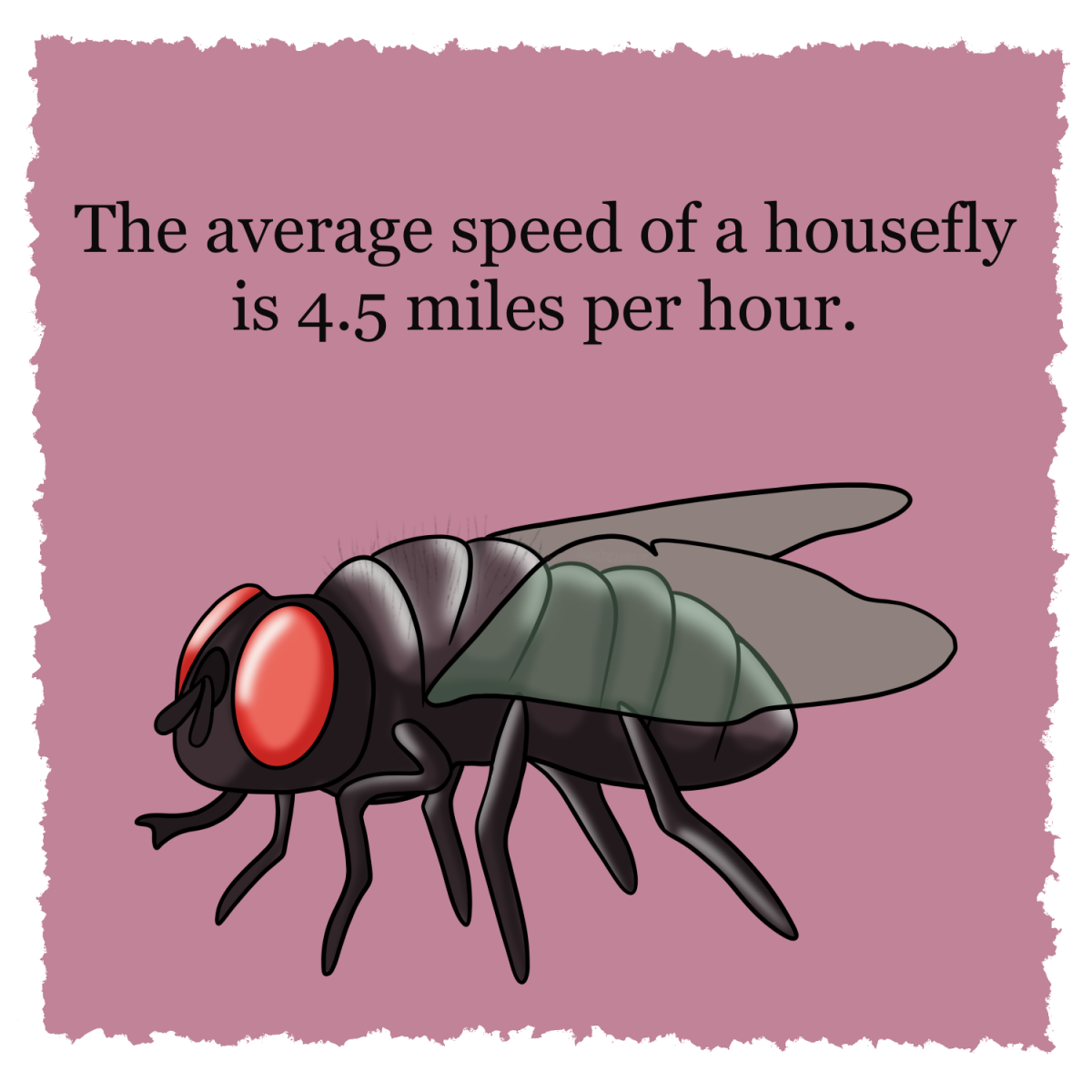
71. The Arctic fox has fur that changes color with the seasons, helping it blend into its surroundings.
72. The tongue of a giraffe is long and flexible, allowing it to reach leaves high in the trees.
73. The male peacock displays its colorful feathers to attract a mate during courtship rituals.
74. The emperor penguin is the only bird that breeds in Antarctica during the harsh winter.
75. The glass frog has transparent skin, allowing you to see its internal organs.
76. The tongue of a snake can flick in and out at incredible speed to sense its environment and capture prey.
77. The golden poison dart frog is so toxic that a single frog contains enough poison to kill up to 20,000 mice.
78. A group of gorillas is called a "troop."
79. The wandering albatross has the largest wingspan of any bird, reaching up to 11 feet.
80.The tapeworm can grow up to 82 feet long inside the intestines of its host.
81. The African lungfish can breathe air and survive in muddy, oxygen-depleted waters.
82. A group of crabs is called a "cast."
83. The male bowerbird builds intricate and elaborate structures called "bowers" to attract females.
84. The harpy eagle has talons the size of a grizzly bear's claws.
85. The tongue of a cow has a rough surface and can move in any direction to help them graze.
86. The gray whale migrates over 12,000 miles each year, one of the longest migrations of any mammal.
87. The blobfish, known for its gelatinous appearance, looks very different in its natural deep-sea habitat due to the pressure difference.
88. The tuatara, a reptile native to New Zealand, has a "third eye" on the top of its head, which is sensitive to light and helps regulate its body temperature.
89. Flamingos are not pink. They are born grey, their diet of brine shrimp and blue green algae contains a natural pink dye called canthaxanthin that makes their feathers pink.
90. Hummingbirds are the only known birds that can also fly backwards.
91. The shortest living animal in the world is the Mayfly. Its entire adult lifespan is just 24hrs.
92. A common garden snail has 14,000 teeth.
93. Baby elephants suck their trunks for comfort.
94. A flea can jump distances 200 times their body length.
95. There is an average of 50,000 spiders per acre in green areas.
96. White-tailed jackrabbits are the greatest land jumpers, having been recorded leaping an astonishing 21ft (6.4m) vertically.
97. The Naked Mole-Rat can live in an almost zero oxygen atmosphere.
98. Rabbits don’t have pads on their paws. Only fur.
99. Cuckoo birds hide their eggs in the nests of other species.
100. The wood frog spends 7 months of the year frozen.



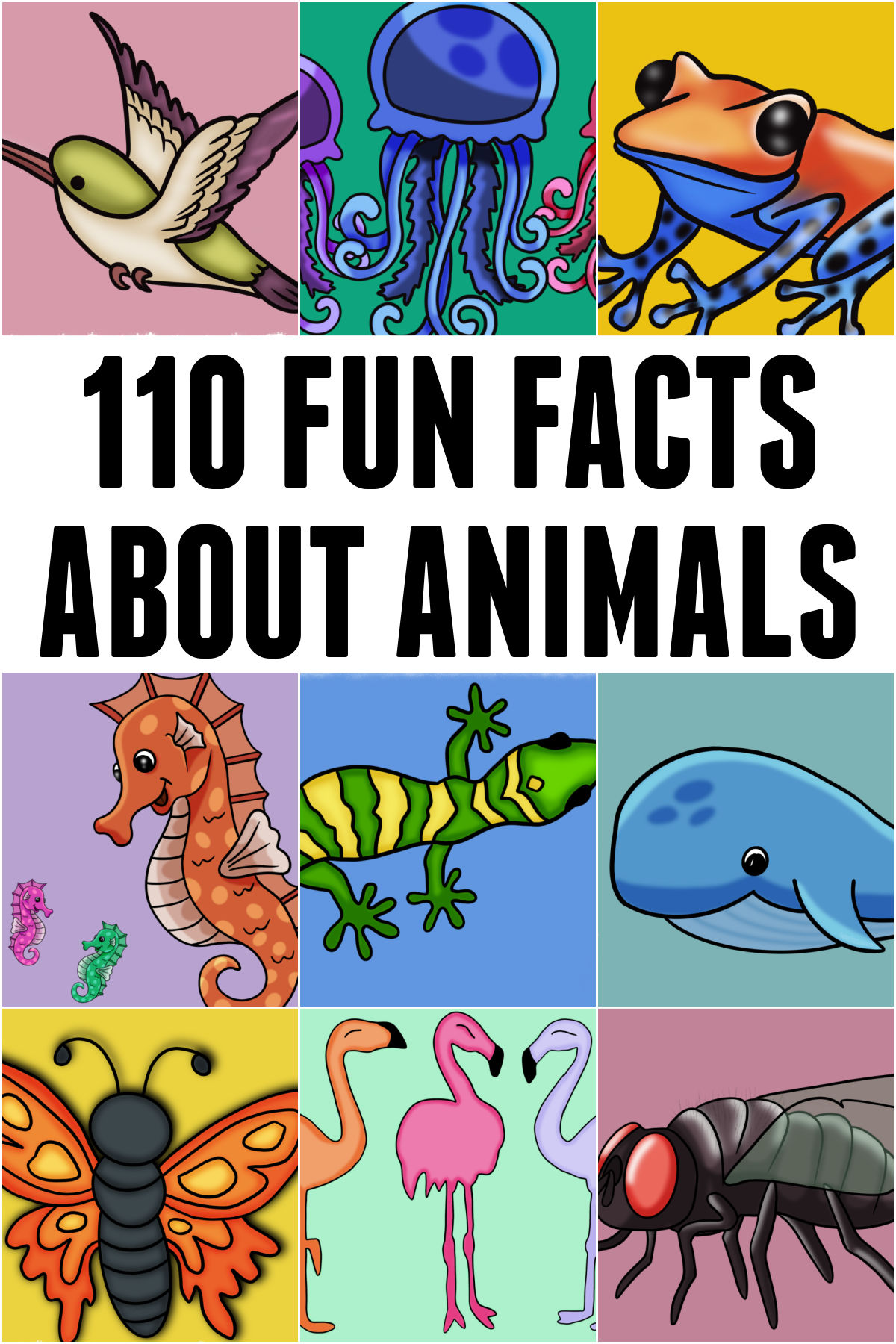


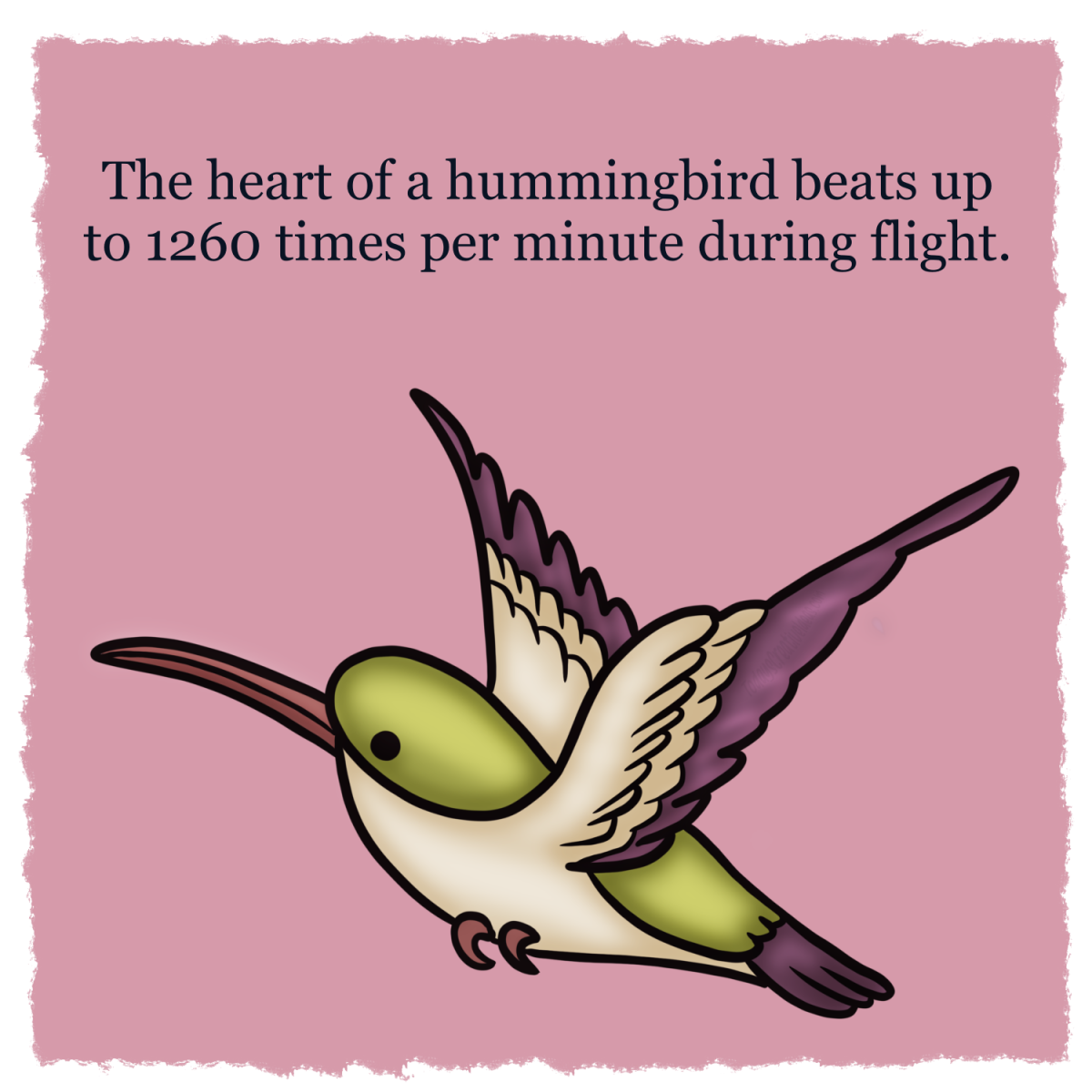
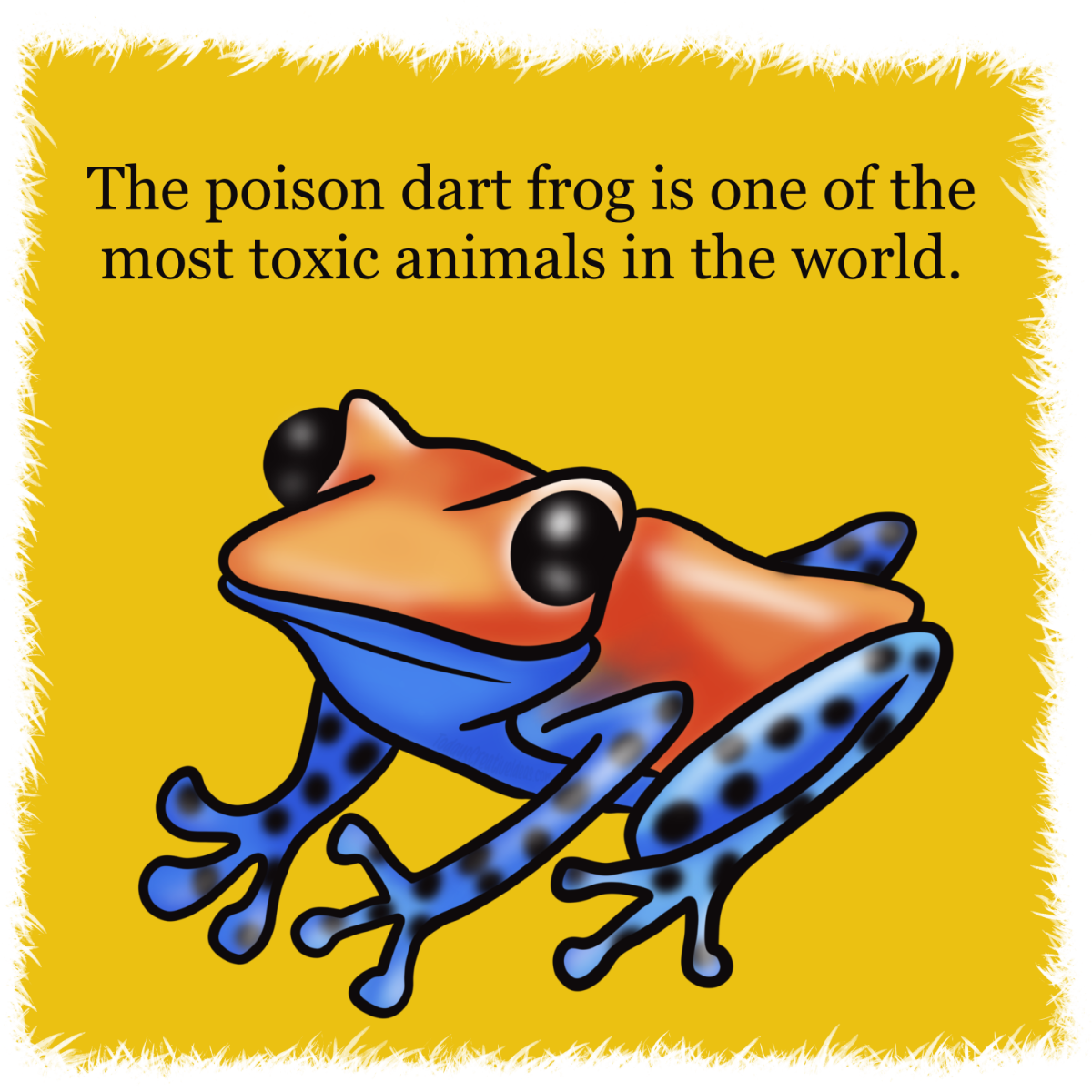


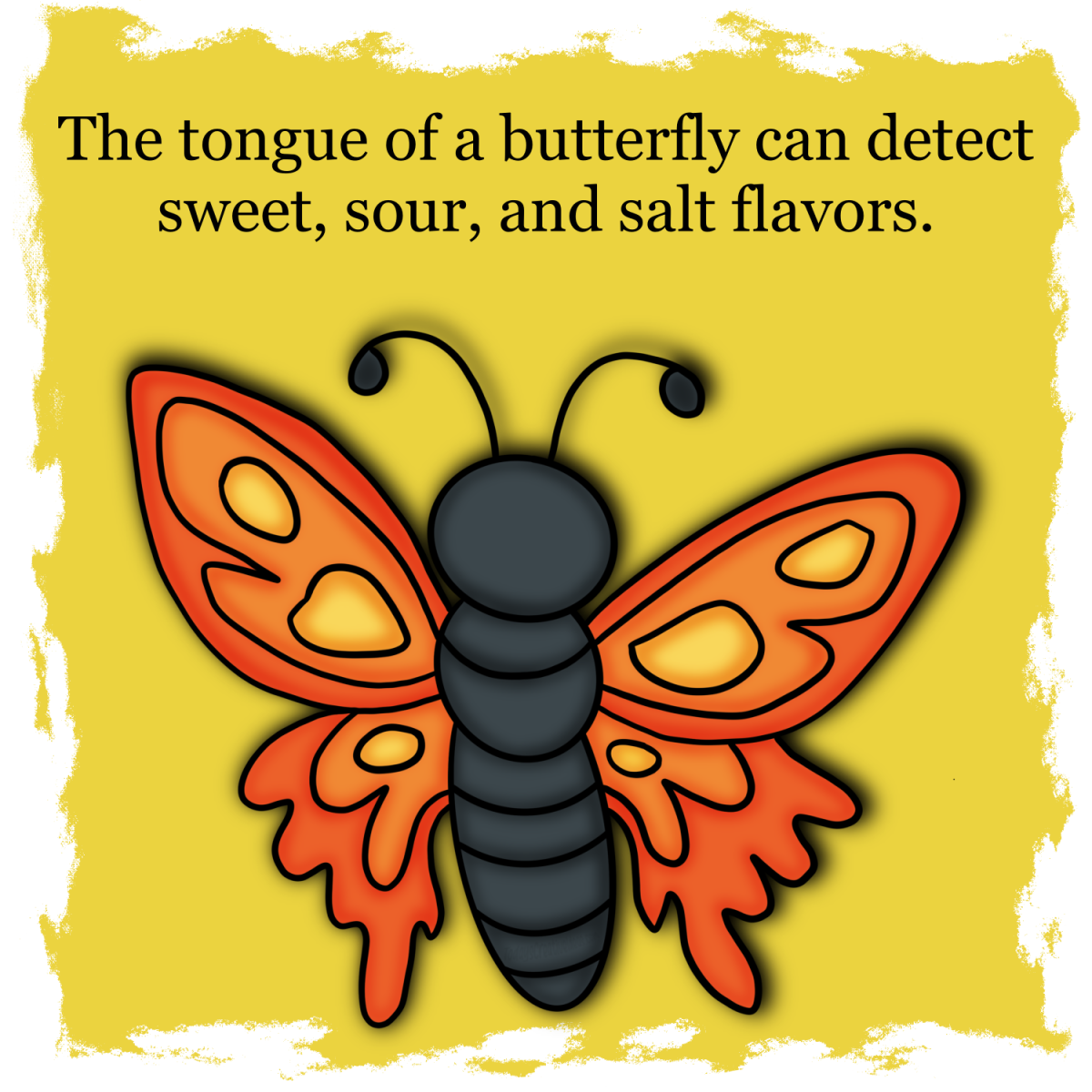












Leave a Reply